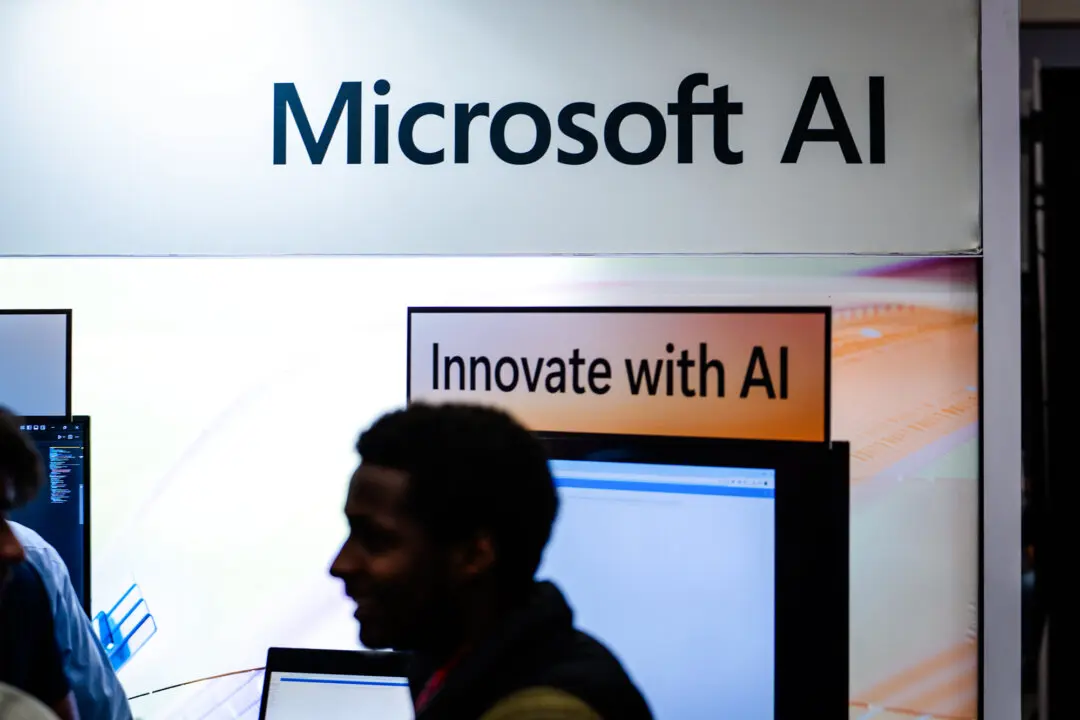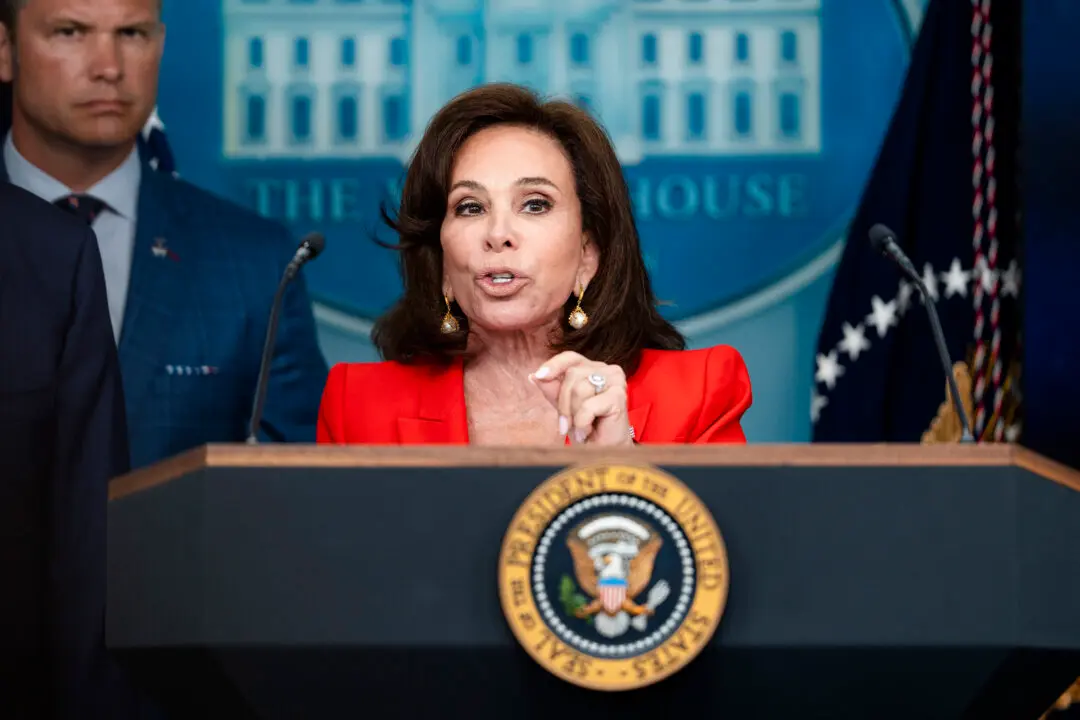A key Federal Reserve inflation measure rose as expected in January, signaling that monetary authorities could witness stalled progress in their inflation fight.
According to the Bureau of Economic Analysis (BEA), the personal consumption expenditure (PCE) price index rose by 0.3 percent month over month, up from a 0.1 percent rise in December 2023 and in line with the consensus estimate. That was the biggest jump in four months.





